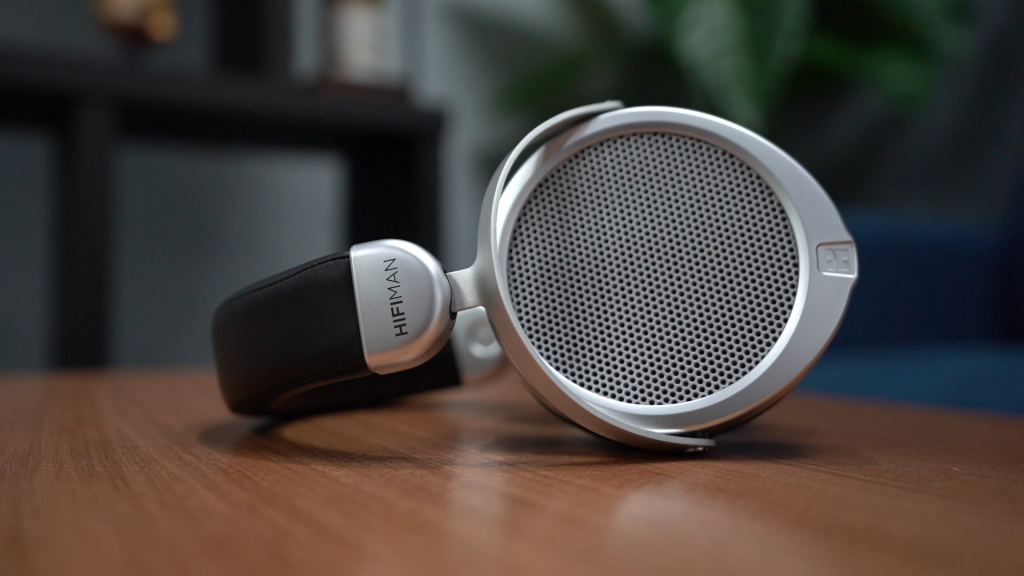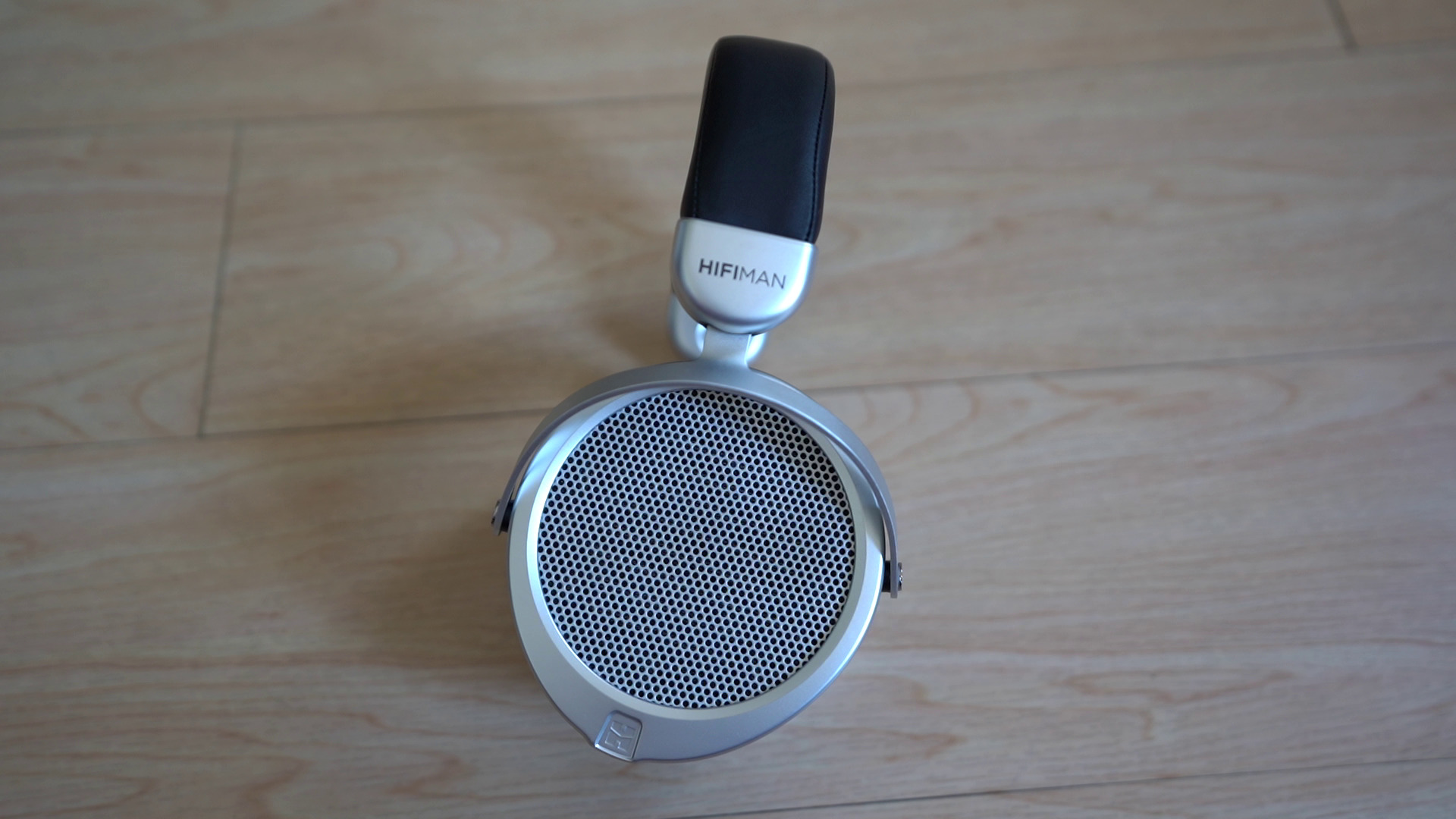Sound Quality
The OG Deva had a favorable review here mainly because it’s a unique product being an open headphone that can be used wirelessly, and it had a pretty decent sound for the price. Having said that, the evaluation is mostly with the wireless mode since most of the users of this headphone will likely be using it in that mode.
The Hifiman Deva Pro is open sounding with soft/bouncy bass, linear-ish midrange, and kind of a subdued treble IMO relative to the some Hifiman offerings that I tried such as the HE400se, Sundara, Arya, and even the OG Deva. I would however call the overall signature relaxed just like the original Deva.
The Deva Pro does lack low bass extension like the original one. It’s a little soft sounding as mentioned but not loose or muddy despite having some mild bloat around the upper bass and lower mids. I feel like the emphasis here is a bit less than in the original Deva.
The midrange frequencies are OK, not as warm as some may like but generally agreeable. It does have the typical recession around the middle/upper midrange from a Hifiman headphone but I feel it’s more filled out here than the OG Deva. I did not spot any weird timbre or vocal issues here and I think it’s overall less dry than the HE400se.
Treble is not fatiguing but I wouldn’t call it smooth or liquid. It’s a little papery sounding texturally on the low and mid-treble and I actually think that some will find the quantity lacking here. Like the old Deva, it seems to lack a bit of air frequencies making the upper registers a bit muted and lacking shimmer. Clarity is not the best for the price but it helps that it’s not excessive in quantity like say the HE400se which does sound oversharpened in its presentation.
The soundstage is quite good for the price like the old Deva and most circular Hifiman headphones. Imaging lags behind Sundara and is closer to the cheaper HE400se. Detail retrieval is average for an open headphone. Once again comparable to their HE400se model. Fast sounding like most good planar headphones. Pretty snappy despite having a soft presentation.
If you’re thinking of using these headphones in wired mode, you’ll likely need an amplifier because of its low impedance and low sensitivity, or you can use it via the USB playback mode to get a better sound. I tried it with my S10 and it just sounded wrong there. It was better with the LG G8 with its quad DAC and my Asus laptop but it doesn’t get loud enough and it still sounds better with an amplifier. That being said, the amplifiers that I used here when not in wireless mode are the Monoprice THX 887 and the Luxman P1u both taking the source from a Schiit Modius that is plugged into a laptop.
The sound from the THX887 is pretty good and I think most people will be happy with this pairing. The improvement it got from the Luxman P1u is fairly minimal and I can only attribute it to better engagement factor and liveliness in low volume listening. Not really surprising as the Deva Pro is not a headphone that strikes me as scaling tremendously with upstream gears.
It does respond to EQ well and I’ve personally only added a sub-bass shelf which made it more complete sounding. I didn’t bother increasing the upper mids since I thought it was not really that bad. You can do a more surgical type of EQ and adjust things specifically as you wish.

Quick sound comparisons
Hifiman Deva – I already compared this all throughout the review but the quick summary is it’s almost the same tonally. The newer Deva Pro is less warm in the lower mids, has less treble tizz, and a more filled-out upper mids, and lower treble. Really small differences but quite noticeable.
Hifiman HE400se – The HE400se is more dynamic, has tighter hits and better bass extension but is a bit brighter up top. It also does conform more to the Harman target curve if that’s your thing. Texturally has some mild sharpening effect in the treble as I mentioned and is overall less smooth than the Deva Pro. The HE400se is a better value because it’s so darn cheap at less than $150.
Hifiman Sundara – Kind of predictable that the Sundara is quite a bit better than the Deva Pro in all fronts. I would say If you’re just gonna use the wireless functionality for less than 10% of the time, just save up some additional and go straight for the Sundara. I think it’s worth the extra money.
Conclusion
The Deva Pro just like its predecessor appeals to those who want an entry-level good-sounding open-back headphone with the flexibility of wireless use. There’s just not any other offering in the market that I could think of here. If the wireless option is not gonna be used nearly as much though, the HE400se is a better value but has a different tonal signature. And again there’s the Sundara which is probably the ultimate upgrade for entry-level folks.
Now if you have the original Deva, I really see no reason to upgrade. Unless you’ve gotten tired of the bright beige yellow color scheme, the Deva is still a good value and isn’t really that inferior sound-wise. On the flip side, there’s also no reason to buy the original Deva if you’re coming from scratch as the Deva Pro is just $30 more expensive while having an updated tech in the DAC/amp/Bluetooth dongle, and has a better color scheme.
That’s about it for the review of the Hifiman Deva Pro! I’d love to hear your thoughts about this headphone if you own it so please sound off in the comments section below.


